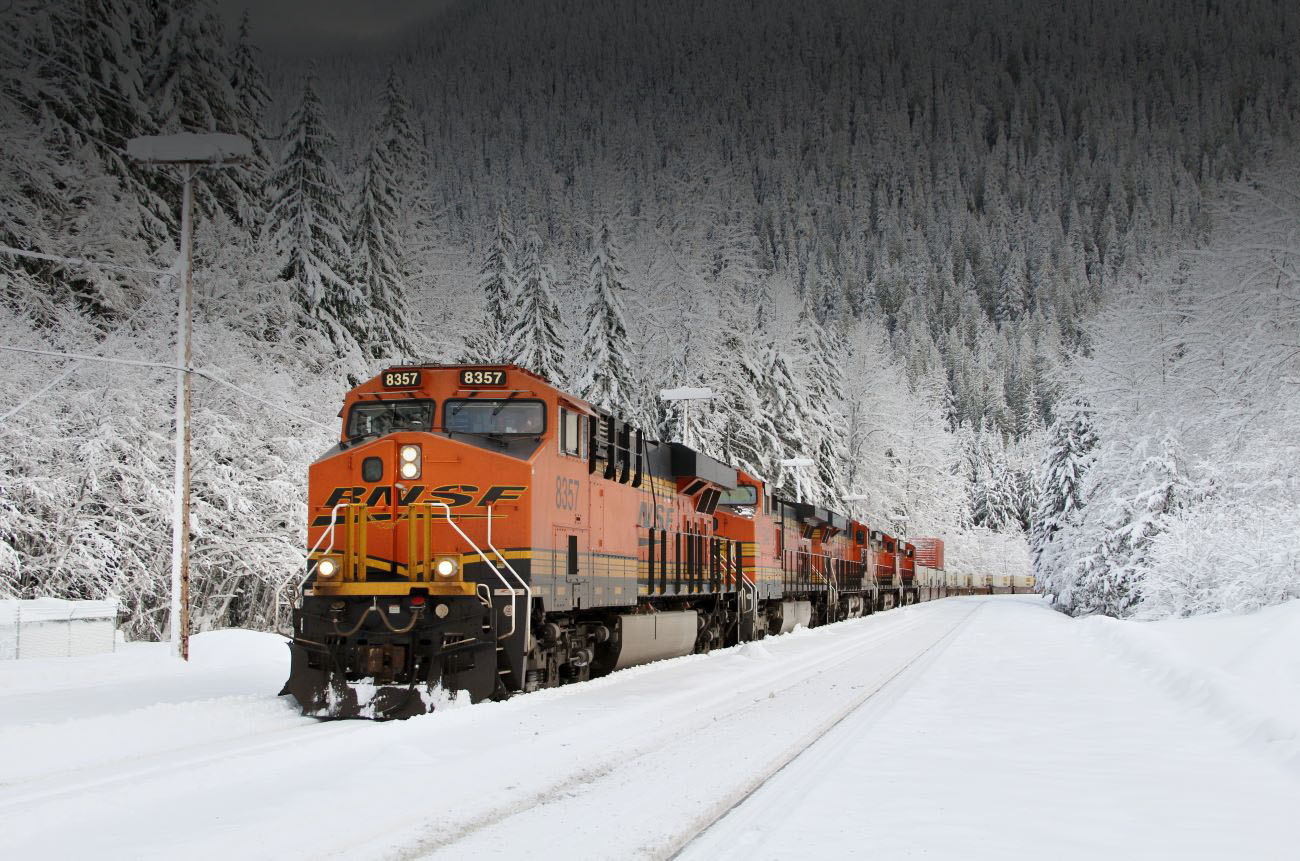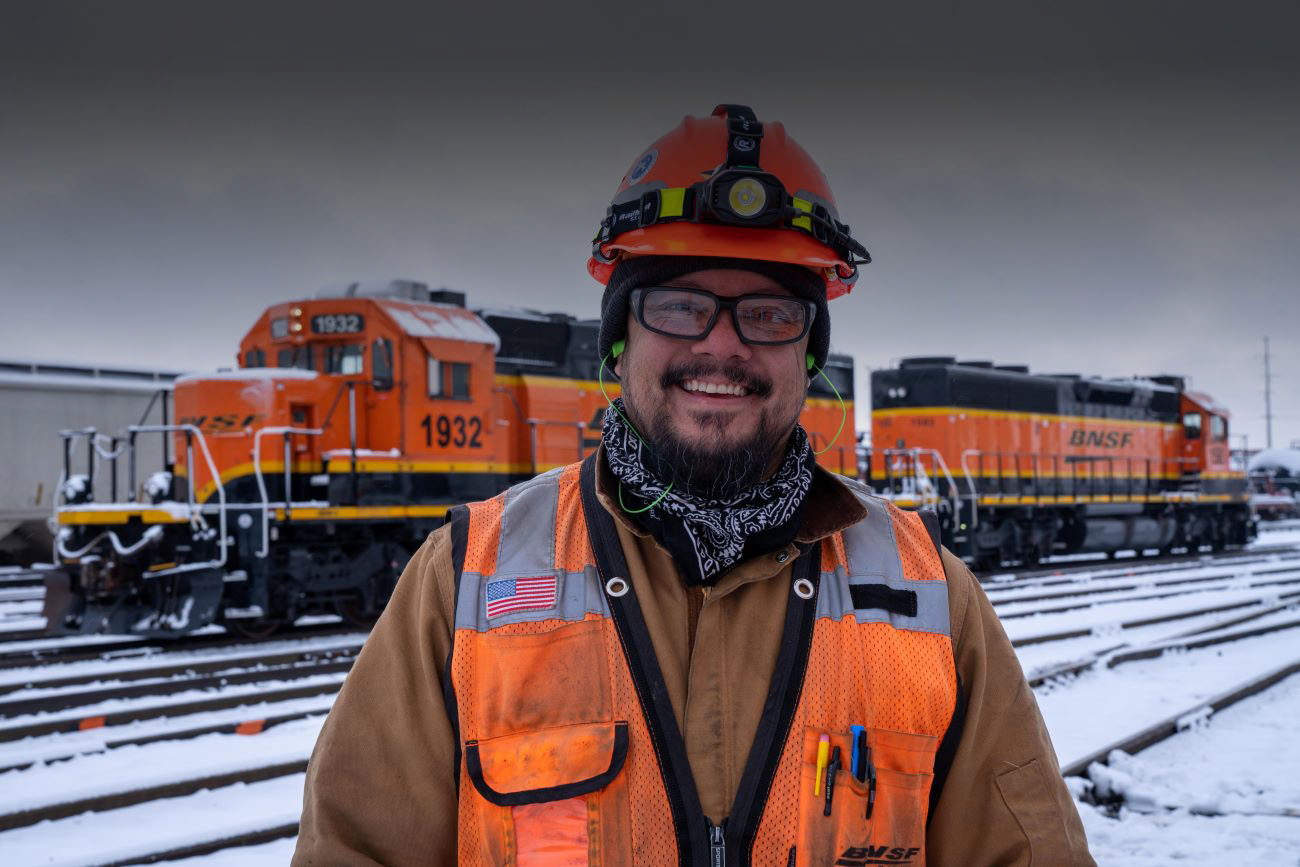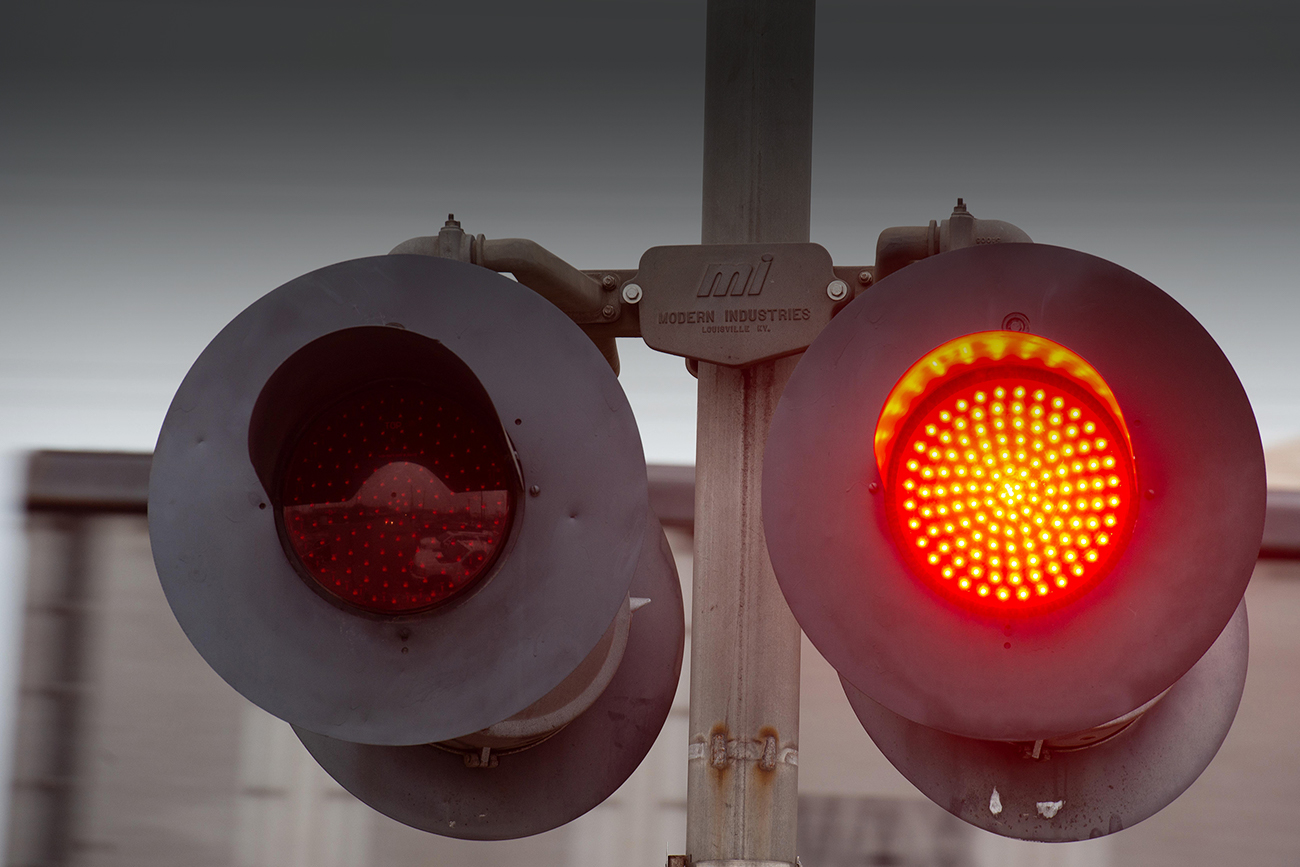BNSF to Old Man Winter: BRRRing it!
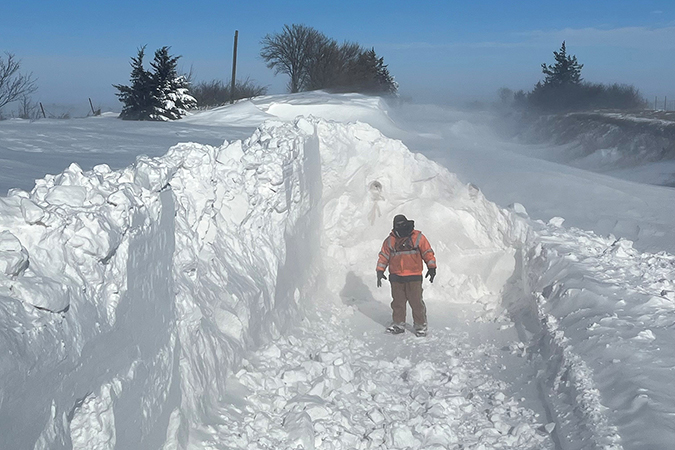
Winter is just part of railroading, but in large portions of the BNSF network, record-breaking cold temperatures, wind chills and heavy snow and ice created significant challenges in mid-January. BNSF railroaders were prepared as a series of storms moved across our system, starting on the West Coast before moving across the Great Plains and into the Southeast.
While these wintry blasts likely won’t be the last of the season, our team’s response proves we’re able to stay focused, be safe and deliver the services our customers count on. To our hardy Operations team who kept trains moving, cleared tracks and switches of snow and ice, or serviced locomotives and freight cars, thank you for your hard work and dedication under the toughest of conditions.
Here’s just a sampling of what Team BNSF endured together.
Our team members on the Chicago Division, including northern Missouri, Illinois, and portions of Iowa, Wisconsin and Minnesota, endured multiple days of temperatures barely above zero degrees, with strong wind gusts exceeding 30 mph and wind chills plunging to 25-35 degrees below zero.



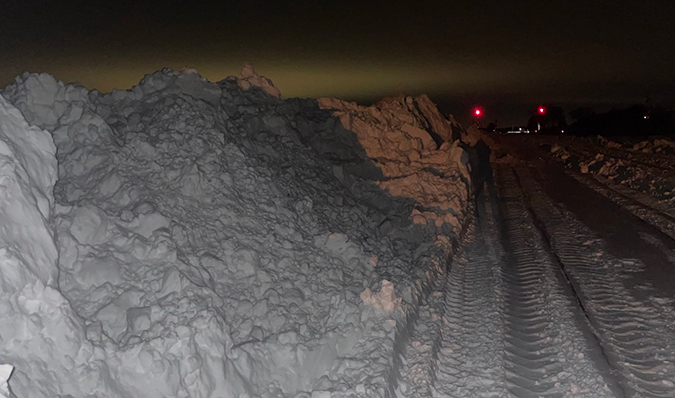
On the Heartland Division, covering much of the Midwest, portions picked up nearly a foot of snow or more. As this series of photos shows, Nebraska was hard hit, with one of our rotary snowplows put to the task in the eastern portion of the state. These giants have whirling blades that suck in snow and blow it outward to clear the track.

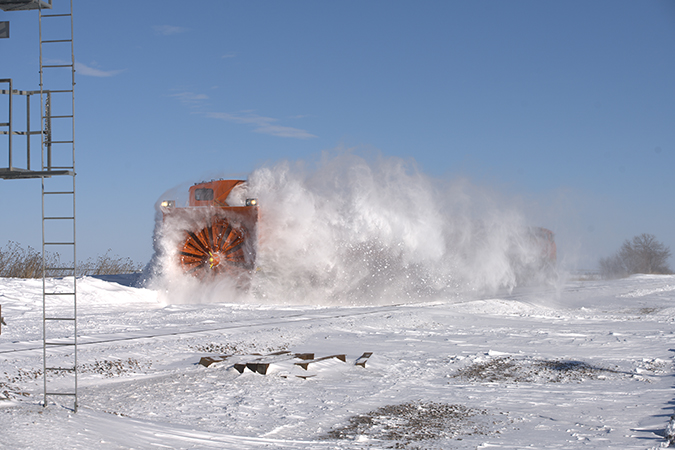

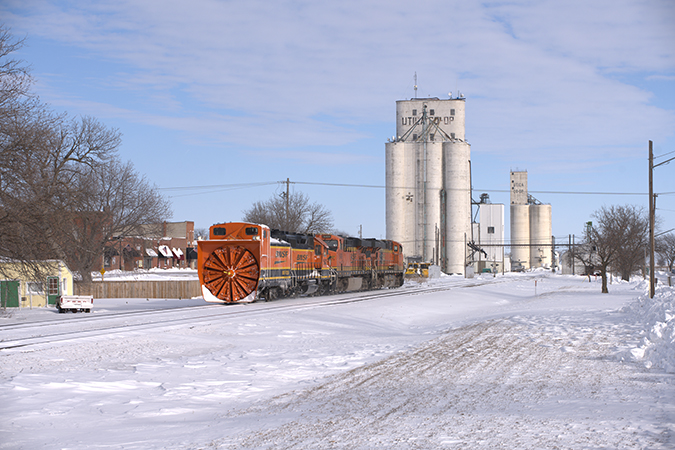
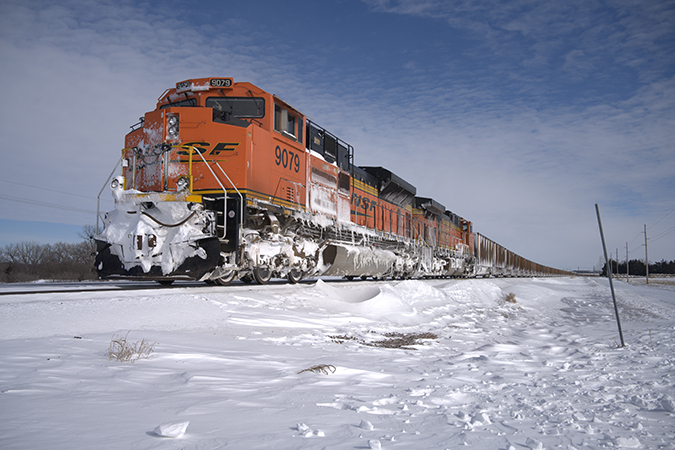
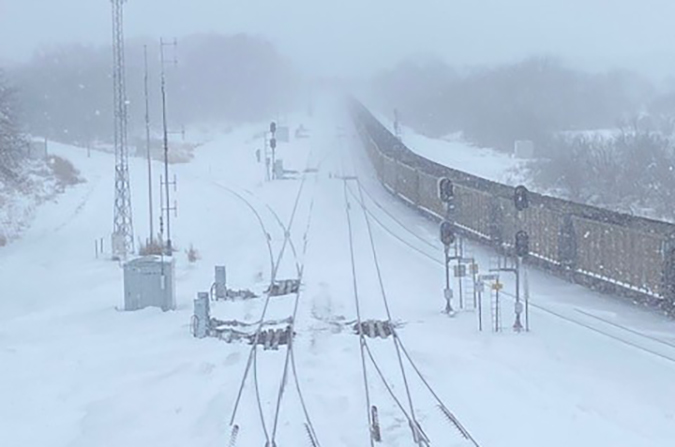
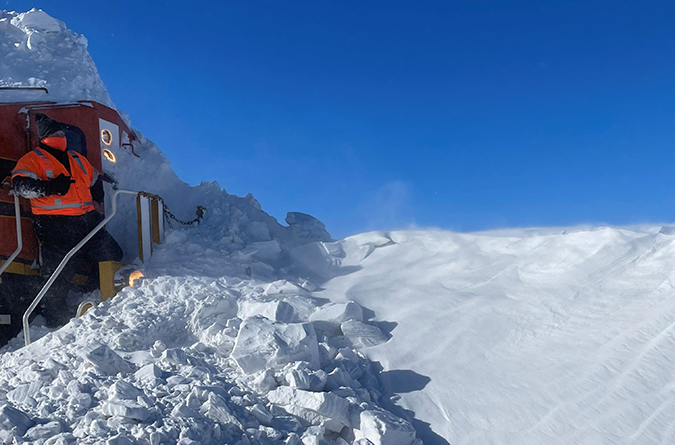
Moving north to our Twin Cities Division, including the Dakotas, Minnesota, and parts of Wisconsin and Iowa, much of the track was buried and required multiple means of snow and ice removal. This region of our railroad knows how to respond to winter, which may make a return in the weeks and months ahead – and once again, our people will be ready.
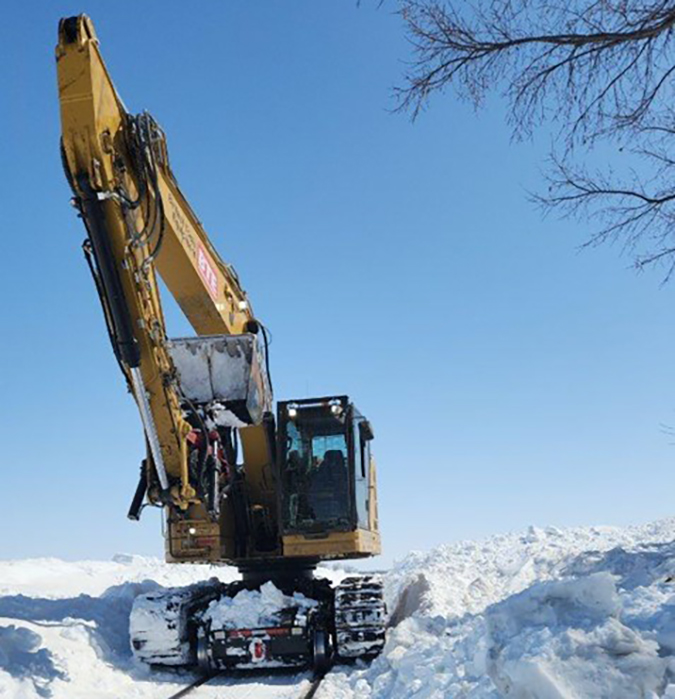

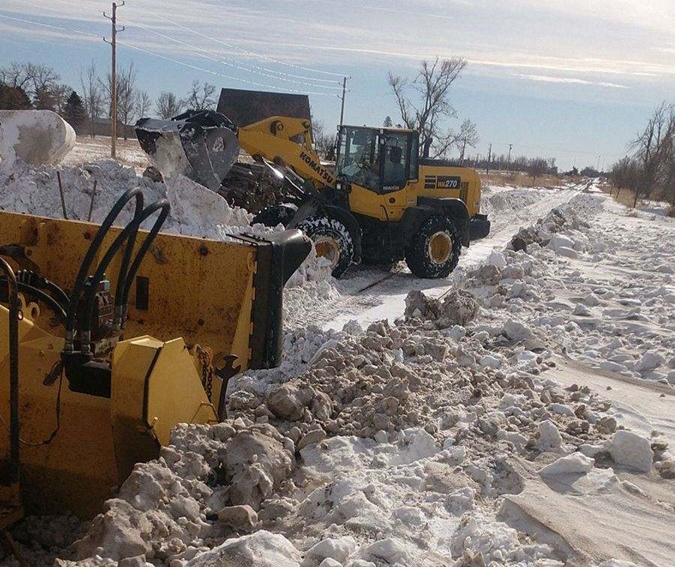
Did you know?
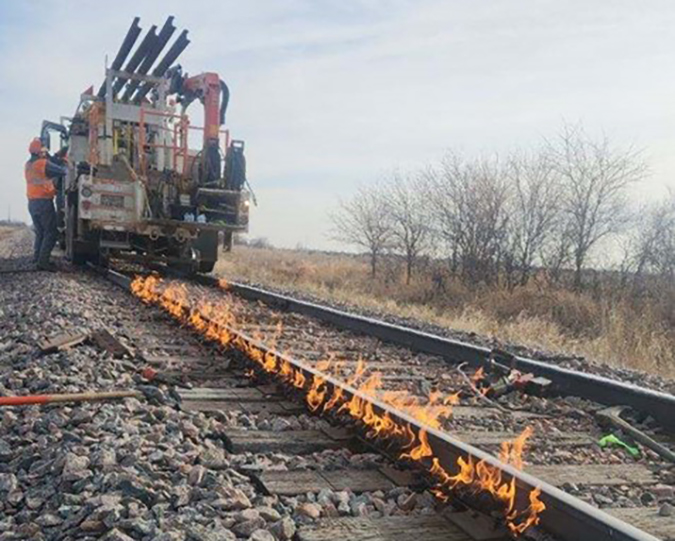
When it’s cold, to make a repair to rail, we raise its internal temperature. Our Engineering Department, responsible for the upkeep and replacement of our track, sets a target neutral temperature for rail, which means its temperature is neither in compression nor tension. If we repaired or replaced the rail during cold weather without heating it, that would result in a much lower neutral temperature for the rail. That would cause risk of a track buckle when the rail expands in the heat in the summer. So, if we can get the rail to the neutral temperature in the winter, that is safer and doesn’t require another trip to come change it out again in the spring.
